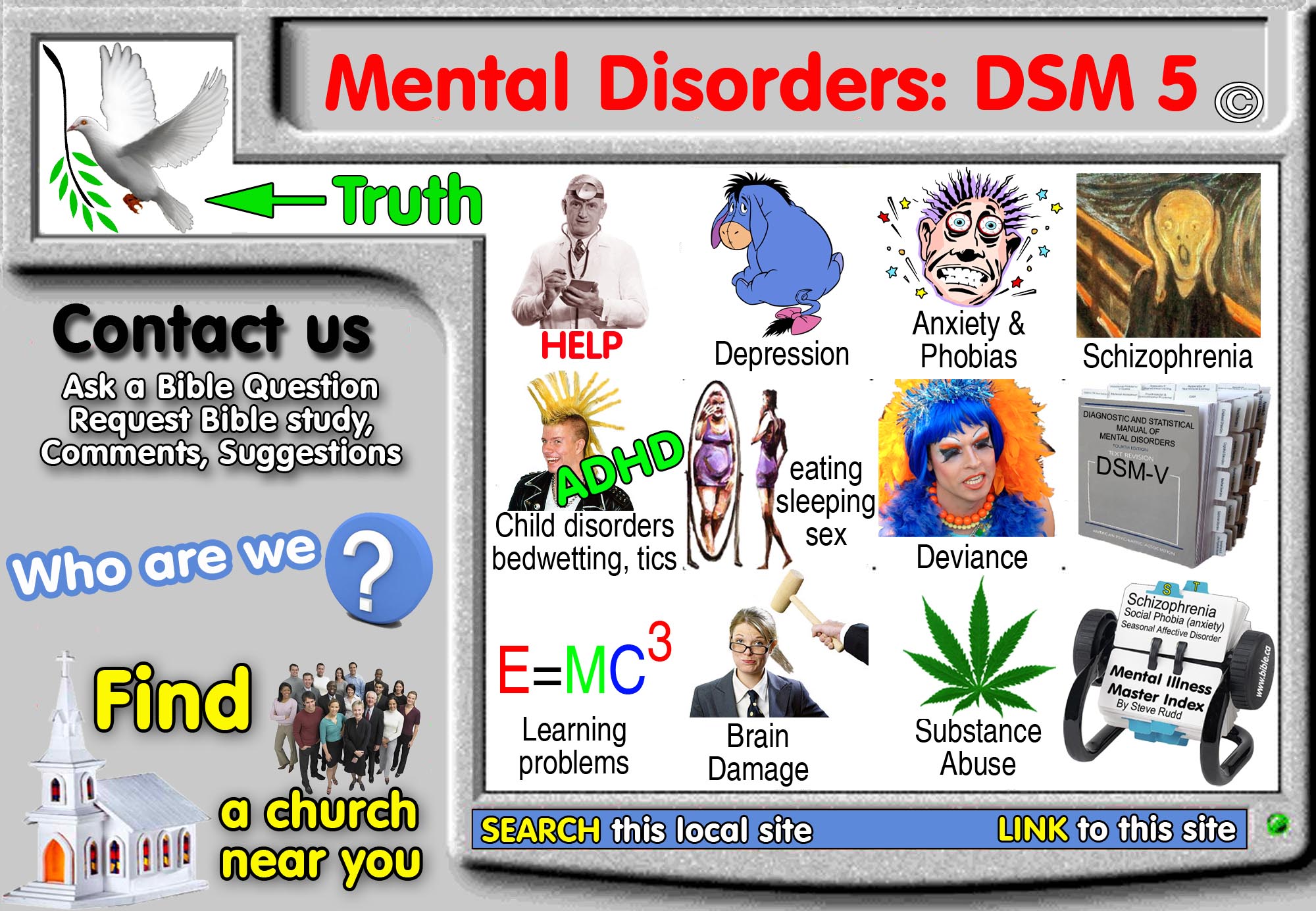Peace of Mind and Health of Body
Lewis Southcomb
(church minister)
1750 AD
Introduction:
In 1750 AD, Lewis Southcomb, church minister, departed from a long tradition of his fellow preachers and viewed extreme cases of insanity as a medical problem only doctors could cure like any other disease. However, most of what is viewed as mental illness today would be caused by a guilty conscience from sin and rebellion to God. "Shewing the Distinction between a wounded Conscience, convicted by a Sense of Sin, AND a wounded spirit; proceeding from a disordered Body; PROVING, That the latter is more grievous than the former, and comes not under the Denomination of Conscience, but of Disease, to which all Mankind are liable ; and that, in either Case, the miserably afflicted are neither mad, nor out of their Senses; but only that their animal Spirits are either elated, confused, and hurried, or otherwise oppressed and dejected. Showing, That all Severity's and Confinement are prejudicial; as are all Endeavours that give Pain, or sink the Spirits ; AND THAT, In the former Case, nothing can relieve them but Divines ; and, in the latter, nothing but the judicious Physician, and Apothecaries that will be true both to Physician and Patient." Southcomb clearly rejects all the moral treatments and torture practiced in Bedlam on the residents there. He also rejected that the worst cases of insanity should have any negative stigma attached to them. Like many in chemical psychiatry today, Southcomb did not hold the insane person responsible any more than if he had a fever. "And, if it be no Disgrace to he afflicted with one Disease, why should it be so to be afflicted with another" (Peace of Mind and Health of Body, Lewis Southcomb, 1750 AD)
"This was the only book on 'the Hypochondriacal, or Hysterical Passion . . . Melancholy . . . and Madness' by a country clergyman who had `study'd Physick in London' and combined the cure of souls with that of bodies. Like those other `clerical mad-doctors' John Ashborne and Francis Willis senior before and after him, Southcomb specialised in 'nervous Diseases' because he considered it 'the greatest of all Charities . . . to have some Insight in [this] . . . deplorable Case'. Although he gave only a brief sketch of his own treatment he inveighed against 'all those Means which tend to the giving of Pain and Uneasiness .. . such as Blisters, Seatons, Cupping, Scarifying, and all other Punishments of the like kind'. Such 'tormenting Means' had sometimes 'rendered a very curable Disease, either incurable, or been the Occasion of protracting the Cure longer than otherwise the Nature of the Case would have required'. Experiences like these marked the beginnings of a move away from 'Medicines of the most violent Operation . . . to bring down the Spirit of these Stubborn Persons' recommended by physicians like Robinson (1729), in favour of a kindlier, expectant attitude to the insane which characterised psychiatric practice in the following century. Like Cheyne (1733) Southcomb found that because he was known for his 'cure of Madness' rather than his other medical skills, 'many have been afraid to advise with me, lest they should be deemed mad; and others have used all possible Means of Privacy, least a Disgrace should be brought upon them . . . But this proceeds entirely from want of knowing better, and is easily answered, by asking, Why one Distemper should not invade us as well as another? And, if it be no Disgrace to he afflicted with one Disease, why should it be so to be afflicted with another ?' Even today such prejudice survives and many a public plea for new attitudes and better psychiatric services starts almost apologetically with putting mental illness on a par with bodily illness in much the same way as Southcomb did." (300 years of Psychiatry, Richard Hunter, 1963, p 384)
"Lewis Southcomb, for instance, one of a number of country clergymen who dabbled in the practice of `physick' and found themselves consulted in the cure of the mad, objected to attempts to coerce right-thinking, rejecting 'all those Means which tend to the giving of Pain and Uneasiness . . . such as Blisters, Seatons, Cupping, Scarifying, and all other Punishments of the Like kind'. Such 'tormenting Means', he was convinced, often 'rendered a very curable Disease, either incurable or [were] the occasion of protracting the Cure longer than otherwise the Nature of the Case would have required." (The most solitary of afflictions: madness and society in Britain 1700-1900, Andrew Scull, 1993 AD, p 22)
Peace of Mind and Health of Body, Lewis Southcomb, 1750 AD
Cover page:
LEWIS SOUTHCOMB
PEACE OF MIND AND HEALTH OF BODY, 1750
Peace of Mind and Health of Body united:
OR, A DISCOURSE,
Shewing the Distinction between a wounded Conscience, convicted by a Sense of Sin, AND a wounded spirit; proceeding from a disordered Body; PROVING, That the latter is more grievous than the former, and . comes not under the Denomination of Conscience, but of Disease, to which all Mankind are liable ; and that, in either Case, the miserably afflicted are neither mad, nor out of their Senses; but only that their animal Spirits are either elated, confused, and hurried, or otherwise oppressed and dejected. Showing, That all Severity's and Confinement are prejudicial; as are all Endeavours that give Pain, or sink the Spirits ; AND THAT, In the former Case, nothing can relieve them but Divines ; and, in the latter, nothing but the judicious Physician, and Apothecaries that will be true both to Physician and Patient.
IN A LETTER to a CLERGYMAN.
By an HONOURER of the FACULTY.
By Steve Rudd:
Contact the author for comments, input or corrections.
Send us your story about your experience with modern Psychiatry

Go To Start: WWW.BIBLE.CA
![]() See also: History of Psychiatry homepage
See also: History of Psychiatry homepage